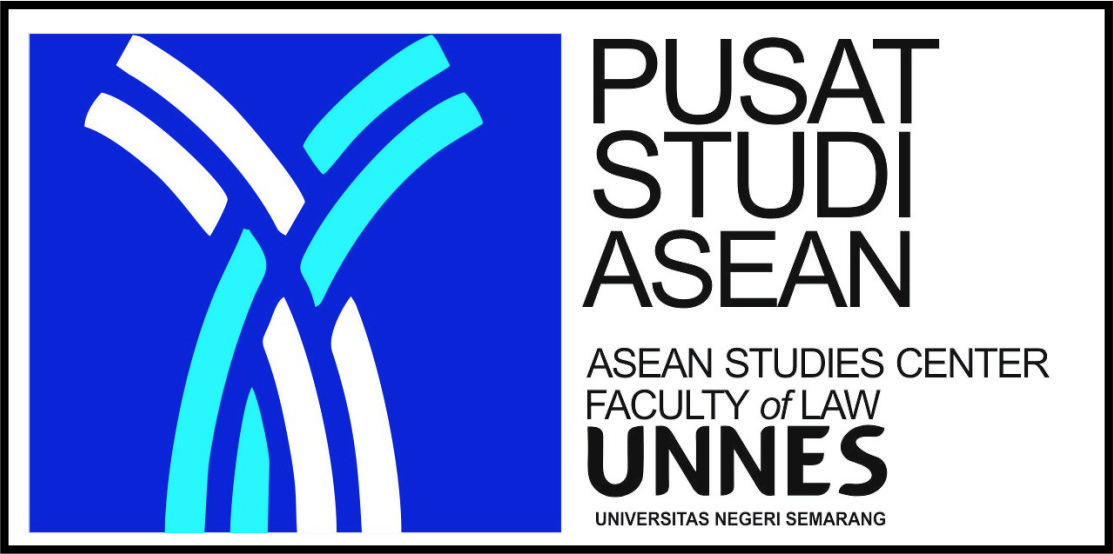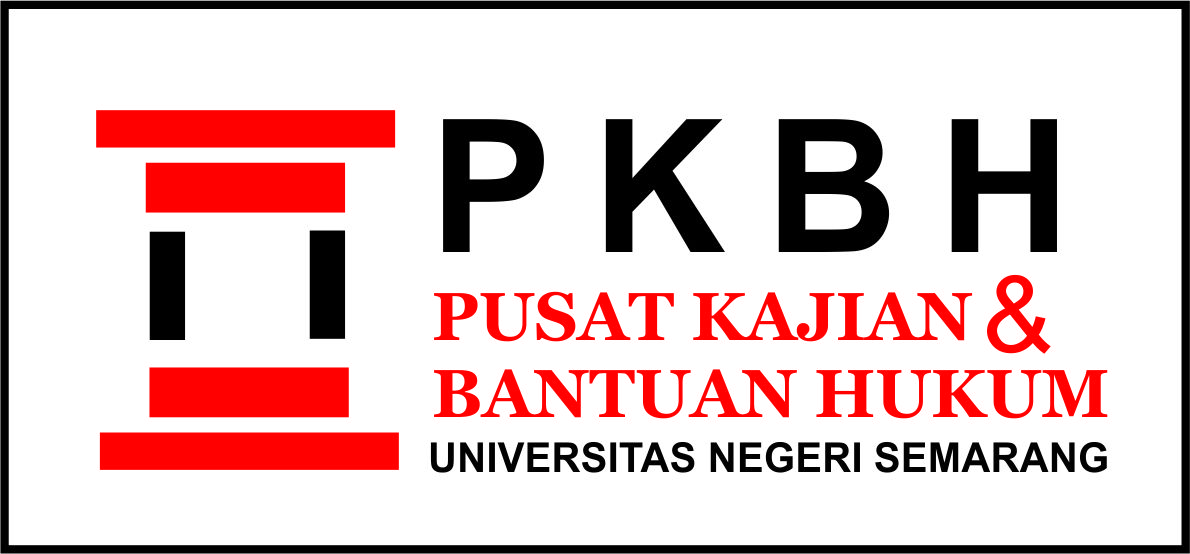Juridical Review of Restorative Justice in the Juvenile Justice System through Diversion
Abstract
Children are the most valuable assets, for families, communities and nations so that they need to be protected and noticed from negative influences especially in the current era of globalization. This is because children at the age of 12-18 years are still easily affected by negative factors outside themselves so that children fall into juvenile delinquency and even lead to criminal acts which are then called children who conflict with the law. Children who have committed a crime will inevitably bring into the criminal justice process which causes children to be harmed because it will create a negative stigma on children, discrimination, loss of children's rights and so on. For this reason, there is a need for other ways of solving child cases through the diversion stage with a restorative justice approach. The research method used is a normative juridical legal research method, the approach used in legal research is the statute approach. The results and discussion of diversion in the criminal justice system is the process of resolving child cases out of criminal justice. Diversion must be applied during the investigation / investigation phase, the prosecution stage, and the examination phase in the court. In Indonesia diversion embodied in Law No. 11 of 2012 concerning the Criminal Justice System of Children in the implementation of diversion is very suitable to be combined with a restorative justice approach which is the settlement of criminal cases involving the perpetrators, victims, families of perpetrators / victims, and other parties related parties to jointly seek a just solution by emphasizing recovery back to its original state, and not retaliation.
Â
Keywords
Full Text:
PDFReferences
Arief, B. N. (2001). Beberapa Aspek Kebijakan Penegakan dan Pengembangan Hukum Pidana. Bandung: Citra Aditya Bhakti.
Atmasasmita, R. (1997). Peradilan Anak di Indonesia. Bandung: Mandar Maju.
Anonym, 2015, Online http://www.pengertianpakar.com/2015/05/teknik-pengumpulan-dan-analisis-data.html?m=1, diakses tanggal 25 Maret 2019 pukul 14.59.
Ferli (2013). “Diversi dalam Sistem Peradilan Pidana Anak di Indonesiaâ€, Online, retrieved from https://ferli1982.wordpress.com/2013/03/05/diversi-dalam-sistem-peradilan-pidana-anak-di-indonesia/, accessed on 27 March 2019, 20.18.
Jawa Pos. (2019). “Pelanggaran Hak Sepanjang 2018 Naik Drastis Didominasi Kasus ABHâ€, Online, retrieved from https://www.jawapos.com/nasional/08/01/2019/pelanggaran-hak-anak-sepanjang-2018-naik-drastis-didominasi-kasus-abh, accessed on 25 March 2019, 20.30.
Joni, M & Tanamas, Z.Z. (1999). Aspek Hukum Perlindungan Anak dalam Perspektif Konvensi Hak Anak. Bandung: Citra Aditya Bakti.
Krisna, L.A. (2018). Hukum Perlindungan Anak: Panduan Memahami Anak yang Berkonflik dengan Hukum. Yogyakarta: Deepublish.
Law No. 11 of 2012 concerning to Juvenile Criminal Justice System, Undang-Undang No. 11 Tahun 2012 tentang Sistem Peradilan Pidana Anak.
Law No. 35 of 2014 concerning to Child Protection, Undang-Undang Nomor 35 Tahun 2014 tentang Perlindungan Anak.
Marlina. (2008). “Penerapan Konsep Diversi Terhadap Anak Pelaku Tindak Pidana dalam Sistem Peradilan Pidana Anakâ€. Jurnal Equality 13(1): 83-102.
Marlina. (2010). Pengantar Konsep Diversi dan Restoratif Justice dalam Hukum Pidana. Medan: USU Press.
Nashriana. (2011). Perlindungan Hukum bagi Anak di Indonesia. Jakarta: Raja Grafindo Persada.
Purwati, A. & Alam, A.S (2015). “Diversi Sebagai Wujud Kebijakan Pemidanaan dalam Sistem Peradilan Pidana Anak di Indonesiaâ€. De Jure Jurnal Syariah dan Hukum, 7(2): 177-188.
Pramukti, A.S. & Primaharsya, F. (2014). Sistem Peradilan Pidana Anak. Yogyakarta: Medpress.
Soerjono, S. & Mamudji, S. (2012). Penelitian Hukum Normatif Suatu Tinjauan Singkat. Jakarta: PT Raja Grafindo Persada.
Refbacks
- There are currently no refbacks.










